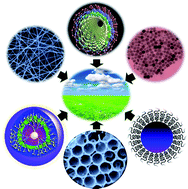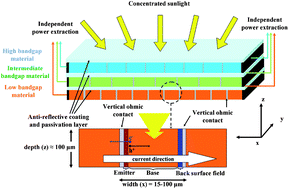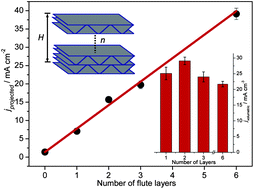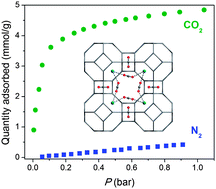Submit an oral abstract for The 11th International Conference on Materials Chemistry (MC11), the flagship event of the RSC’s Materials Chemistry Division – deadline Friday 7th December.
This cutting edge international research conference is organised around four exciting and diverse areas of the application of materials chemistry:
• Energy Materials – including all aspects of Materials Chemistry related to energy generation, conversion and storage.
• Environmental Materials – the design, synthesis and applications of materials that facilitate processes to provide a sustainable environment.
• Biomaterials – materials for tissue engineering and healthcare, green biomaterials and advanced synthesis methods of biomaterials.
• Electronic, Magnetic and Optical Materials – encompassing inorganic, organic, hybrid and nano materials, soft matter and interfaces.
Why take part in MC11?
There are over 100 opportunities for oral presentations over four parallel sessions. So you can share your own research with the more than 400 expected participants during the four-day event. There will also be plenty of opportunity for discussion during poster session receptions, lunches and coffee breaks, all taking place in the dedicated conference centre.
If you take part in this conference you will have the benefit of hearing and networking with an excellent line-up of plenary and keynote speakers, all experts in their fields.
All academic and industrial scientists working on the chemistry, physics and materials science of functional materials, including students, are encouraged to be there. Visit www.rsc.org/mc11 for full details.














